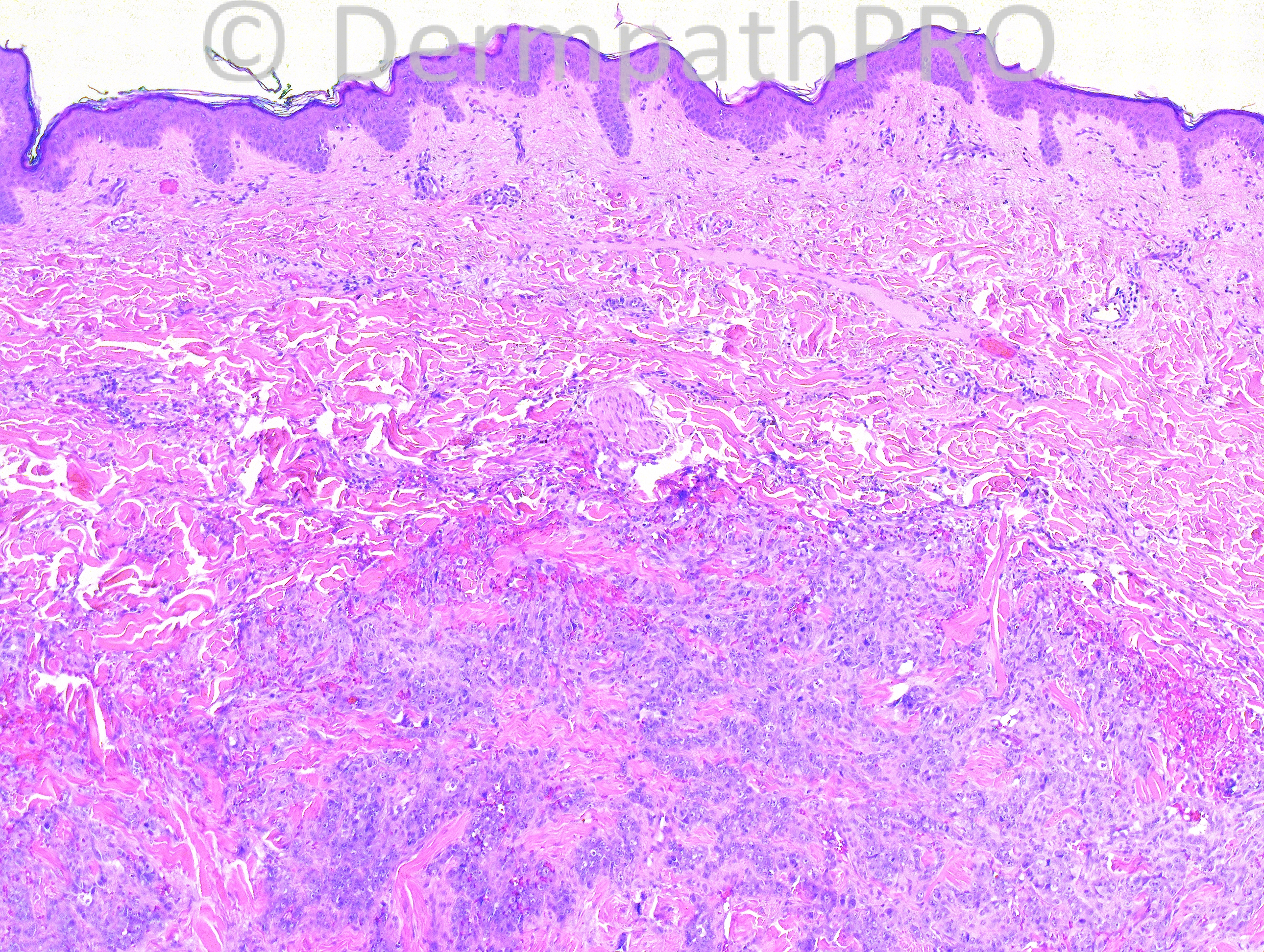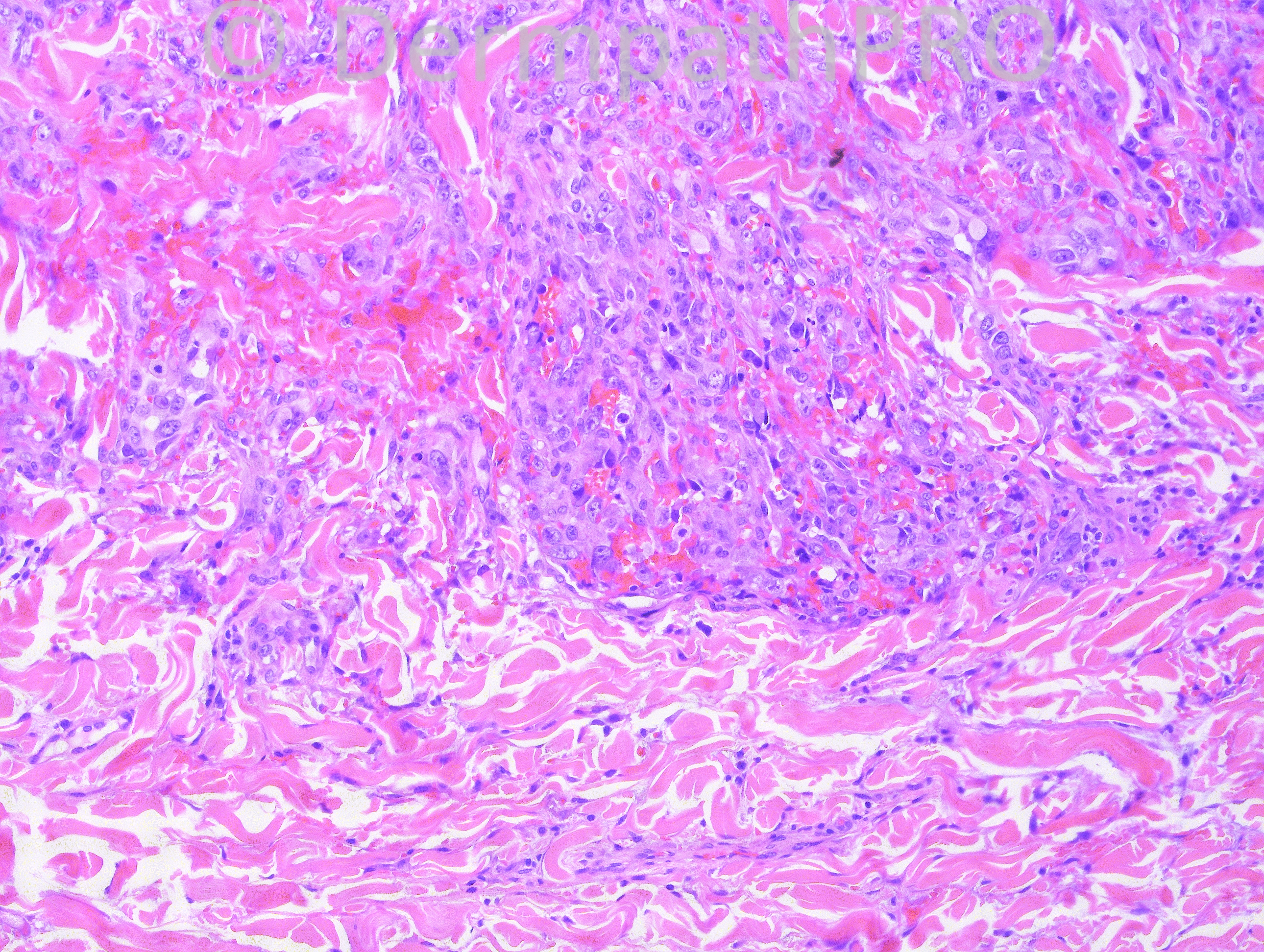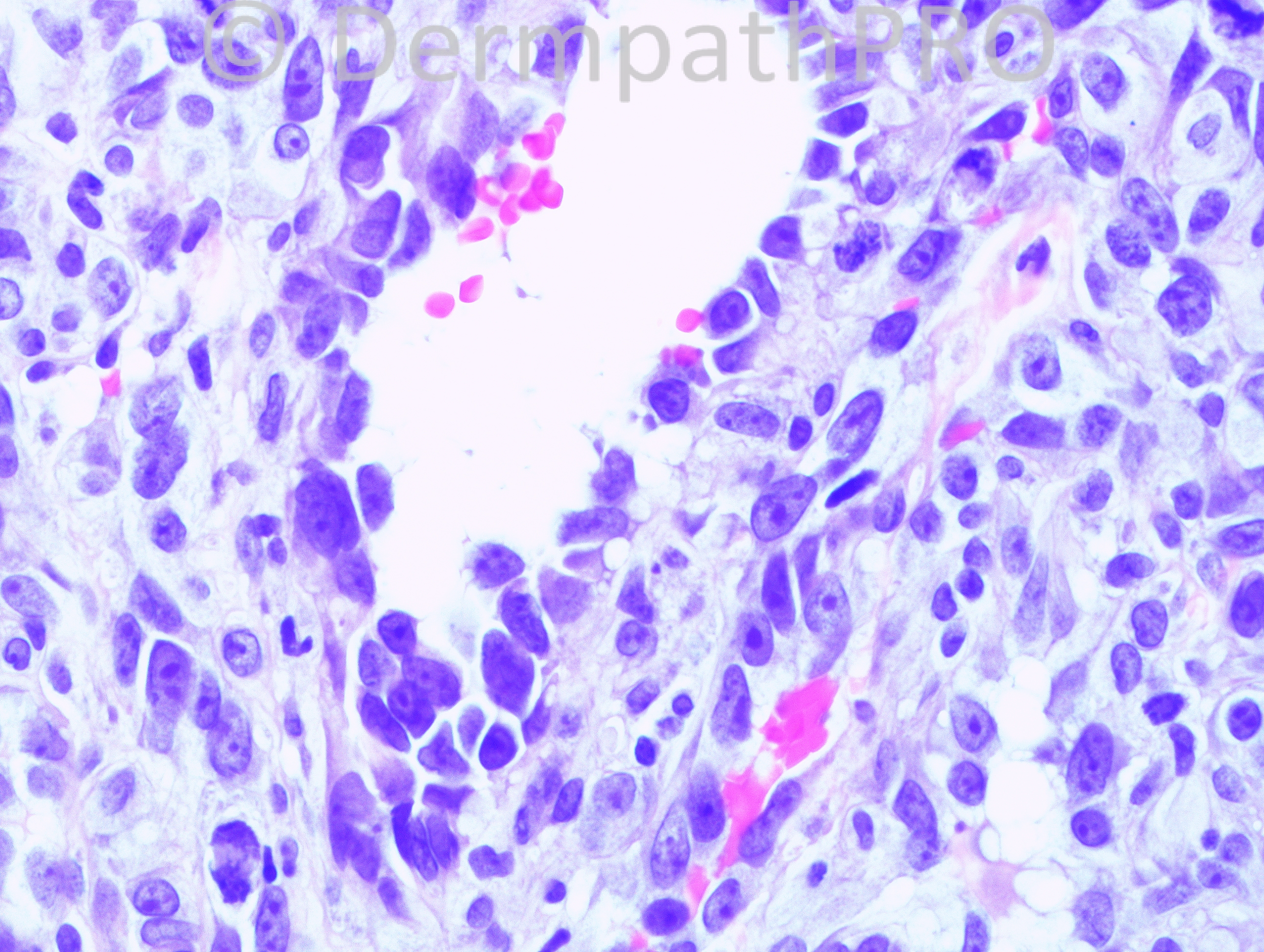Case Number : Case 840 - 5th September Posted By: Guest
Please read the clinical history and view the images by clicking on them before you proffer your diagnosis.
Submitted Date :
60 year old female with a skin lesion on the breast.
Case posted by Dr. Hafeez Diwan.
Case posted by Dr. Hafeez Diwan.





Join the conversation
You can post now and register later. If you have an account, sign in now to post with your account.